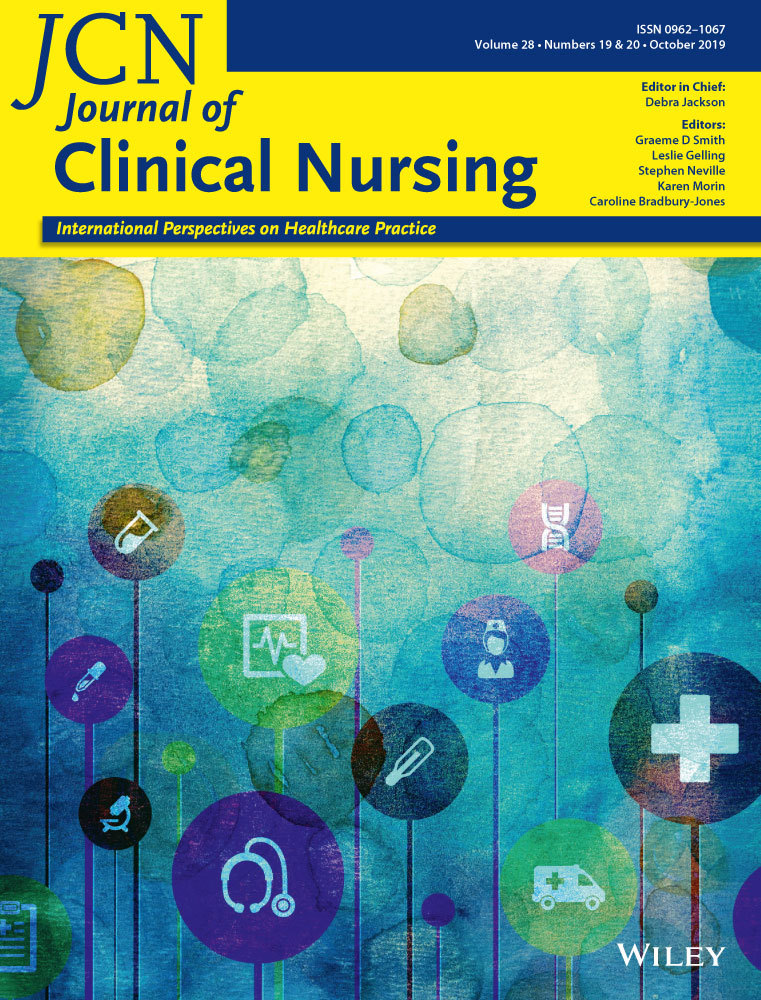Prevalence and factors associated with suicidal ideation among family caregivers of people with mental disorders
Funding
This study was partly funded by the Coordenação de Aperfeiçoamento de Pessoal de Nível Superior (CAPES)—Finance Code 001.
Abstract
Aims and objectives
This study aimed to analyse the prevalence and factors associated with suicidal ideation among family caregivers of people with mental disorders.
Background
Studies conducted with family caregivers of people with dementia and cancer point out a high prevalence of suicidal ideation among these subjects; however, this aspect has not yet been investigated among family caregivers of people with mental disorders.
Design
This is a cross-sectional study, conducted with 537 family caregivers of patients from 16 Psychosocial Care Centers (CAPS) of the 21st Health Region of the state of Rio Grande do Sul, Brazil.
Methods
Question 17 of the Self-Reporting Questionnaire (SRQ-20) was used for suicidal ideation screening. The prevalence of suicidal ideation was calculated according to sociodemographic and care variables, with confidence interval estimate (95% CI). Crude and adjusted odds ratios were calculated by logistic regression. The Guidelines to Reporting of Observational Studies in Epidemiology (STROBE Statement) was adhered in this study (See File S1).
Results
The prevalence of suicidal ideation found in this study for the 30 days preceding the interview was 12.5% (95% CI: 10–15). The factors associated with the outcome were lower age, lower schooling, feeling of burden, self-report of stress problem and dissatisfaction with family relationships.
Conclusion
The prevalence of suicidal ideation among the studied family caregivers was high and strongly associated with issues regarding care, showing the need for interventions that provide support.
Relevance for clinical practice
Nurses are a large part of the workforce of the community mental health services. The careful characterisation of the subjects who show suicidal ideation, as performed in this study, may reveal specificities capable of refining the diagnostic potential for establishment of action plans in a timely manner, avoiding possible attempts or even the consummation of suicide.
CONFLICT OF INTEREST
The authors declare that there is no conflict of interest that could be perceived as prejudicing the impartiality of the research reported.




